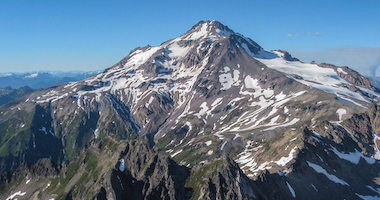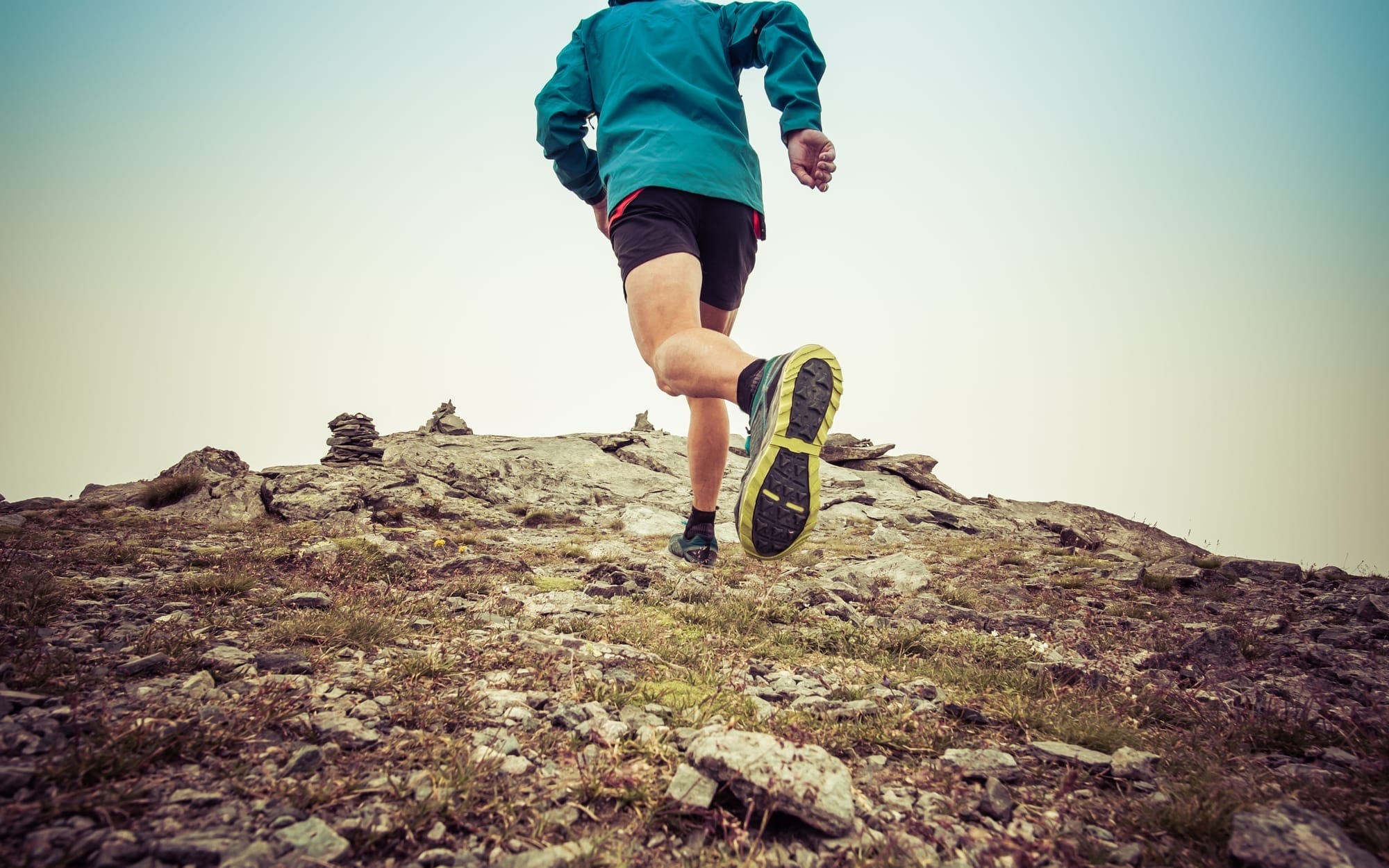Mount Rainier is more than just a summit destination—it’s an entire journey of physical endurance, mental resilience, and high-altitude adaptation. While standing on the summit at 14,410 feet is an incredible achievement, the real reward comes from the entire process: training, teamwork, facing the mountain’s raw beauty, and embracing every step along the way. Below, you’ll find everything you need to prepare for one of North America’s most iconic climbs.
Shifting Your Mindset: It’s About the Journey, Not Just the Summit
If you think “success” only means standing on Rainier’s summit, you’re missing half the adventure. Fact: about 50% of climbers don’t reach the top due to weather, fatigue, altitude issues, or other factors. But those who truly thrive are the ones who value the experience itself—learning new skills, building camaraderie, and immersing themselves in the mountain environment.
What Makes a Successful Climb Beyond the Summit?
- Developing Mountaineering Skills: Even if the summit eludes you, you’ll still go home a stronger climber.
- Building Mental & Physical Endurance: Push your boundaries and discover new levels of grit.
- Team Camaraderie: Sometimes, the highlight of a climb is the high-five at Camp Muir or sharing a snack in a raging windstorm.
- Experiencing Alpine Beauty: From sunrise over the glaciers to the hush of high-altitude air—these moments can be as rewarding as any summit view.
The Mental Game: How to Stay Resilient on the Mountain
Your body can be in top shape, but if your mind is not prepared for uncertainty and challenges, Rainier can feel twice as tough. Mental resilience means staying flexible, adapting to what the mountain gives you, and remembering that “success” can’t be measured solely by an altimeter.
Managing Expectations
- Embrace Uncertainty: Summit attempts are always weather-dependent. You might turn around—and that can still be an epic, worthwhile trip.
- Reframe Your Definition of Success: Ask yourself, “What will I gain from this climb even if the summit isn’t in the cards?”
- Celebrate Small Victories: Reaching Camp Muir, crossing a glacier for the first time, or simply hiking higher than you’ve ever gone before—these are all big wins.
Staying Positive in Challenging Moments
- Control Your Self-Talk: Swap “I can’t do this” for “Let’s handle this step by step.”
- Focus on the Next Goal: Don’t dwell on the hours ahead—just aim for your next break or the next breath.
- Lean on Your Team: There’s nothing like shared snacks and mutual pep talks to keep the spirits high.
Quick Mental Resilience Tips
- Break it Down: Next break, next step, next breath—tiny goals add up to huge progress.
- Stay Fueled & Hydrated: Low energy tanks your mood faster than any storm cloud can roll in.
- Breathe & Reset: A few deep, controlled breaths can do wonders for a stressed mind.
Physical Preparation: Building the Fitness Foundation
Yes, climbing Rainier demands serious physical effort—hiking steep slopes with 35-60 pounds on your back, sometimes for 10-14 hours on summit day. A structured training plan that emphasizes endurance, strength, and load-carrying capacity can be the difference between enjoying every challenge or feeling utterly overwhelmed.
We have tons of fitness resources for mountaineering on this site, but if you want to follow our specific Mount Rainier Training Plan, check it out here!
Key Physical Demands on Mount Rainier
- Multi-Day Ascents: Often 2-4 days of sustained effort, with big elevation gains (up to 4,600 feet in a single day).
- Heavy Packs: Depending on whether you’re going with a guide or independently, your pack can weigh from 35 to 60 lbs.
- Glacier Travel: This requires strong legs, a solid core, and the ability to keep going in crampons, even when you’re tired.
- Long Summit Pushes: Summit days often last 10-14+ hours, sometimes on minimal sleep.
Endurance Training
- Hike, Run, or Cycle 4-5 Times a Week: Aim for sessions of 2-4+ hours, including significant elevation gain.
- Weighted Pack Hikes: Start with 20 lbs and work your way up to 40-60 lbs over several months.
- Simulate the Climb: If you live near hills or mountains, practice prolonged ascents to build stamina.
Strength & Load Carrying
- Leg & Core Focus: Squats, lunges, step-ups, deadlifts, planks, and other core exercises build the foundation you’ll need.
- Progressive Overload: Gradually increase pack weight from 20 lbs to 40, 50, then 60 lbs if that’s what you expect to carry on the mountain.
Summit Day Stamina
- Back-to-Back Training Days: Mimic the fatigue you’ll face on multi-day climbs.
- Extended Efforts: Work up to 8-12+ hours of constant movement in a single training session or weekend trip.
- Rest & Recovery: Overtraining leads to injuries—give yourself time to recharge and heal.
Recovery & Flexibility
- Mobility & Stretching: Yoga, foam rolling, and dynamic warm-ups can keep you injury-free.
- Rest Days: Let your body rebuild. Quality training thrives on quality rest.
Altitude & Acclimatization: Navigating the Thin Air
Rainier’s 14,410-foot summit is high enough to cause altitude-related headaches, nausea, or dizziness, but unlike on longer Himalayan or Denali expeditions, you won’t have weeks to acclimatize. The “secret weapon” is showing up fit, well-hydrated, and pacing yourself properly once you’re on the mountain.
Understanding Acclimatization on Rainier
- Limited Time: Most Rainier climbs last 2-5 days—too short for complete adaptation, but enough time to mitigate symptoms if you’re prepared.
- Mild Altitude Sickness: Headaches, nausea, and fatigue are common but usually manageable with good pacing, hydration, and rest.
Fitness & Oxygen Efficiency
- Why Fitness Matters: Fitter climbers use oxygen more efficiently, recover faster, and manage altitude stress better.
- Training with Elevation (If Possible): If you can, incorporate hikes above 8,000 feet to get a feel for thinner air.
Hydration & Recovery
- Drink 3-4 Liters a Day: Dehydration aggravates altitude symptoms.
- Electrolytes: Sports drinks or tablets help maintain your body’s fluid balance.
- Sleep & Rest: Arrive well-rested, and do what you can to stay warm and comfortable at night.
Breathing & Pacing Strategies
- The Rest Step: Briefly lock your back leg to reduce muscle fatigue, especially on steep sections.
- Deep, Controlled Breaths: Inhale through the nose, exhale slowly through the mouth.
- Follow Your Guide’s Pace: Resist the urge to race ahead. A steady pace saves energy and helps with acclimatization.
Embracing the Full Experience
Too often, climbers fixate on “the top” and miss out on the joys of just being on a massive volcano in the Pacific Northwest.
- Enjoy the Training: The months of preparation are a huge part of your journey.
- Savor the Alpine Environment: Sunrise at Camp Muir, the crunch of crampons at dawn, the shared laughs with teammates.
- Trust the Process: Every step you take—up or down—teaches you something new and prepares you for future mountains.
The RMI Difference: How We Help You Prepare
At RMI Expeditions, we believe in developing climbers from the inside out—starting with mindset, supporting you through top-tier physical conditioning advice, and guiding you toward smart altitude strategies. Our guides have decades of collective experience, so you can focus on learning, climbing, and embracing every moment on the mountain.
Mental Preparation & Coaching
- Pre-Trip Guidance: We’ll set realistic expectations and share proven techniques for staying mentally strong when the going gets tough.
- On-Mountain Morale: Our guides help you manage challenges in real time—whether it’s altitude woes, self-doubt, or unexpected weather.
Physical Training Support
- Structured Training Plans: We offer recommendations and benchmarks so you know you’re Rainier-ready.
- Step-by-Step Progression: We show you how to scale your training, from carrying a light daypack to hauling 60 lbs up a steep trail.
Altitude Preparedness
- Optimal Pacing: Our guides know how to read the team’s energy levels and adapt the pace so you maximize your summit chances without burning out.
- Mandatory Hydration & Snack Breaks: Low energy? We’ll remind you—often!—to keep sipping and snacking.
Ready to Take the Next Step?
Mount Rainier will challenge you—physically, mentally, and emotionally. But if you train smart, adopt a flexible mindset, and follow altitude best practices, you’ll gain far more than just summit bragging rights. You’ll walk away stronger, more resilient, and with stories to share for a lifetime.
Explore RMI’s Guided Mountaineering Programs to start your Rainier journey with the right team, the right plan, and the right mindset. We can’t wait to see you on the mountain!
Final Thoughts
Training for Mount Rainier is about more than just “can I make it to the top?” It’s about appreciating the entire process—every workout, every team bonding moment, and every alpine sunrise that leaves you breathless. Whether you summit on your first try or return for another shot, your experience on Rainier will redefine what you’re capable of, on and off the mountain.
Have questions about our programs or want to chat gear lists, altitude tactics, or mental training? Our team at RMI is here to help. Let’s get you climbing with confidence and a smile—no matter what altitude you reach.
















